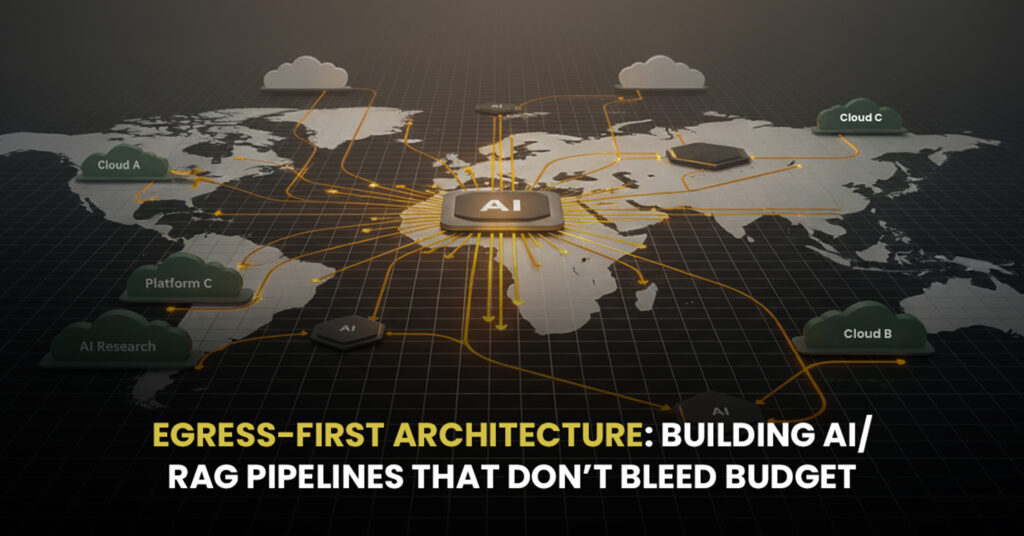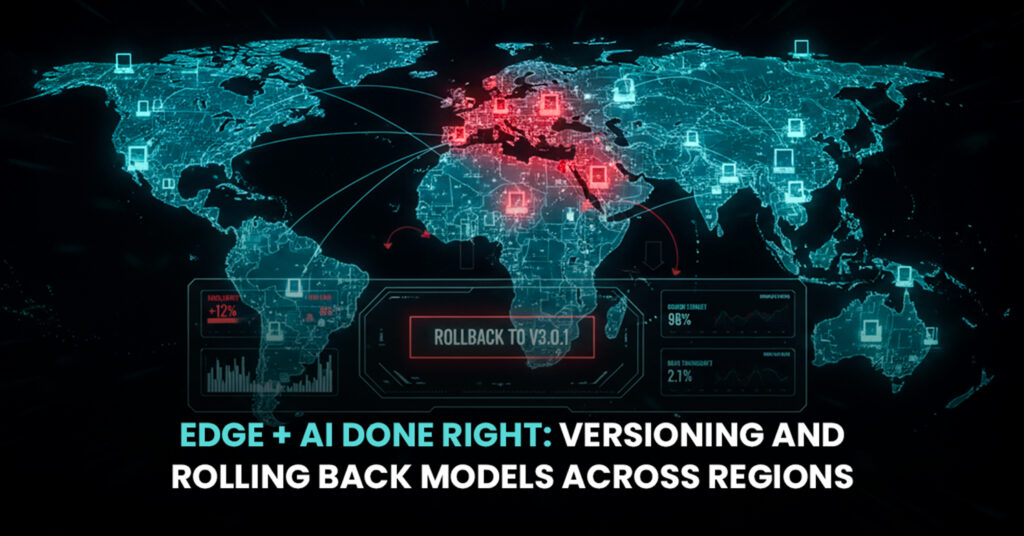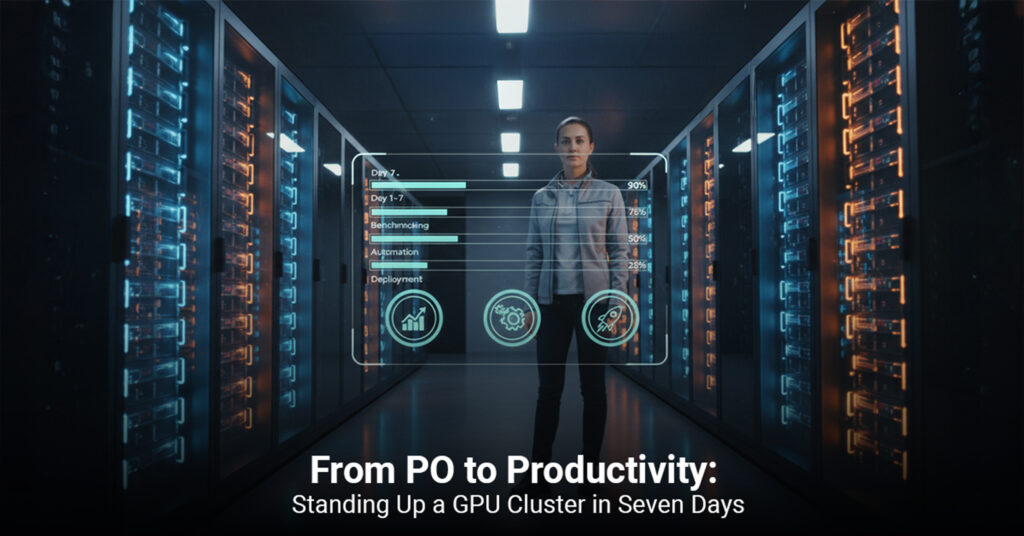Introduction: Work Has Left the Building
The office as we once knew it is gone. Sure, some companies still use physical spaces, but the way we work has fundamentally shifted. Teams today are spread across cities, time zones, and even continents. Remote work isn’t a perk anymore it’s the new normal.
But here’s the catch: traditional cloud systems weren’t designed for this borderless workforce. They were built for centralized teams connecting from predictable locations. Now, businesses are discovering the cracks: latency for global users, uneven performance, and rising security risks.
At CloudServ.ai, we believe the future of work demands a new kind of cloud one that’s as distributed as the people it serves. That’s why we created our Distributed Cloud Architecture, designed specifically for the post-office era.
The Shift: From Offices to Everywhere
The pandemic didn’t invent remote work, but it supercharged it. In just a few years, what was once considered a “flexible option” became the default way of working for millions. Teams are now hiring talent wherever it exists, not just where the office is.
This shift has brought amazing opportunities access to global talent, more inclusive workplaces, and greater flexibility for employees. But it’s also brought new challenges:
- How do you keep performance fast when your team is scattered worldwide?
- How do you secure remote endpoints without slowing people down?
- How do you maintain a seamless experience across regions?
The answer isn’t to go back to centralized systems it’s to move forward with distributed cloud.
Why Traditional Cloud Struggles with Remote Work
Most cloud systems were built with central hubs. That works fine if most users are close to the hub, but in today’s reality, teams are everywhere. Centralized models create bottlenecks:
- Latency: A developer in Singapore connecting to servers in the US feels lag that slows productivity.
- Security risks: Remote devices outside secure networks increase vulnerabilities.
- Uneven experiences: Some teams enjoy fast, reliable performance while others struggle with delays.
The problem isn’t remote work it’s that the cloud hasn’t caught up. Until now.
CloudServ.ai’s Distributed Cloud Architecture
Our distributed cloud model flips the old system on its head. Instead of pulling everyone into a central hub, we bring the cloud to the people.
Here’s how it works:
- Regional nodes: Resources are deployed closer to where users actually are, reducing latency.
- Edge computing: Critical workloads are handled locally before syncing globally.
- Global orchestration: Intelligent systems coordinate everything to keep performance consistent.
- Dynamic scaling: Resources adapt in real time to match distributed workloads.
This isn’t just infrastructure it’s a cloud designed for the way people work today.
Key Features for the Post-Office Era
Our distributed cloud comes packed with features built for modern teams:
- Low-latency collaboration: No matter where employees log in, the experience is fast and seamless.
- Zero-trust security: Every endpoint is verified and secured, protecting remote teams without slowing them down.
- Intelligent workload distribution: Tasks are allocated across geographies for maximum efficiency.
- Hybrid resilience: Whether teams use public cloud, private cloud, or multi-cloud setups, our architecture adapts.
The goal is simple: empower distributed teams to work as if they’re side by side even when they’re oceans apart.
Benefits for Businesses and Teams
The advantages of distributed cloud go beyond technical performance. They touch the heart of how people work:
- Seamless collaboration: Teams can brainstorm, build, and ship without lag holding them back.
- Boosted productivity: Reliable access means fewer interruptions and more time for innovation.
- Stronger security: Remote doesn’t have to mean vulnerable. With zero-trust systems, businesses stay protected.
- Smarter costs: Resources scale where they’re needed, reducing waste and lowering expenses.
In short, distributed cloud is the backbone of modern work.
Real-World Use Cases
We’ve already seen powerful results:
- A SaaS company with teams across Europe and Asia cut latency by 40% using regional nodes.
- An enterprise secured its remote workforce with built-in zero-trust features, reducing security incidents while keeping workflows smooth.
- A startup scaling across continents avoided infrastructure bottlenecks by leveraging our global orchestration.
Different industries, same story: distributed cloud makes remote work not just possible, but optimal.
The Bigger Picture: Redefining the Future of Work
Remote work isn’t a temporary trend it’s the foundation of the future. And the cloud has to keep pace. Distributed architectures aren’t just about fixing problems; they’re about unlocking new opportunities.
Imagine a world where location is irrelevant where the best talent can collaborate globally without barriers. That’s the world CloudServ.ai is building, and it starts with distributed cloud.
Looking Ahead
We’re investing heavily in expanding our distributed infrastructure, building more regional nodes, and refining our orchestration systems. We’re also partnering with organizations to navigate hybrid and global-first models, ensuring they stay competitive in a world where talent is everywhere.
Our vision is clear: to make performance, security, and collaboration truly borderless.
Conclusion: Cloud Without Borders
Work has left the office and the cloud has to follow. At CloudServ.ai, our Distributed Cloud Architecture is built for this new remote reality, where teams aren’t tied to buildings but connected by ideas.
We’re not just powering remote work we’re shaping the foundation of the post-office era.
Because in the end, the best place to work isn’t a place at all. It’s wherever your team is and the cloud should be there too.



